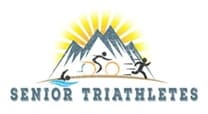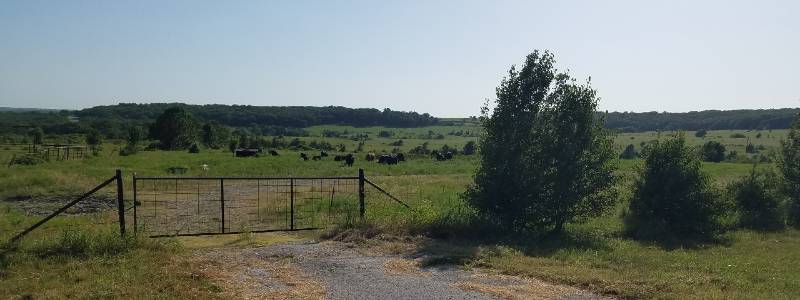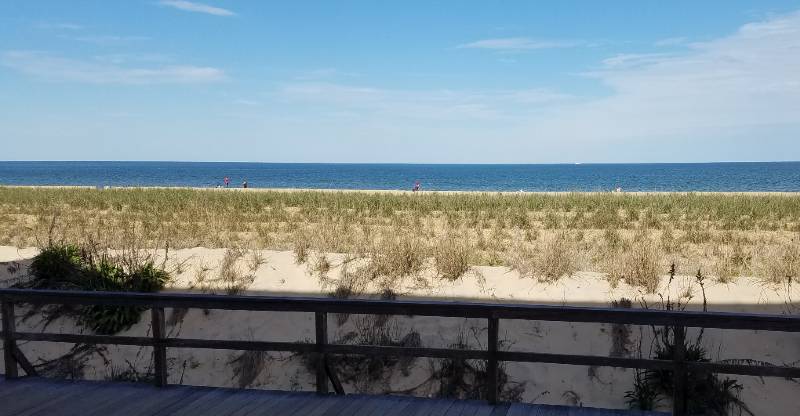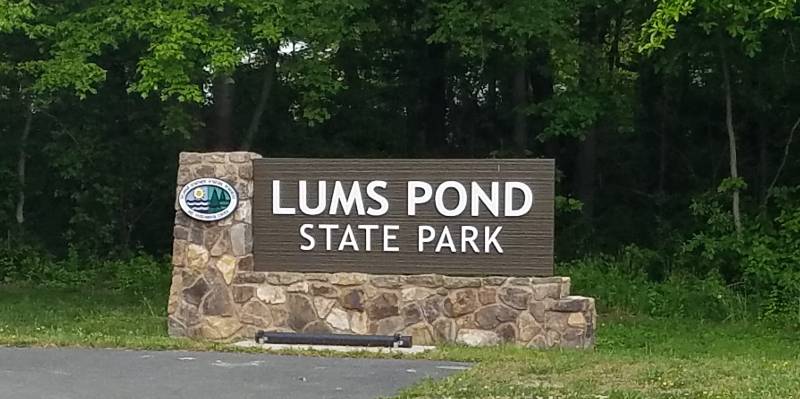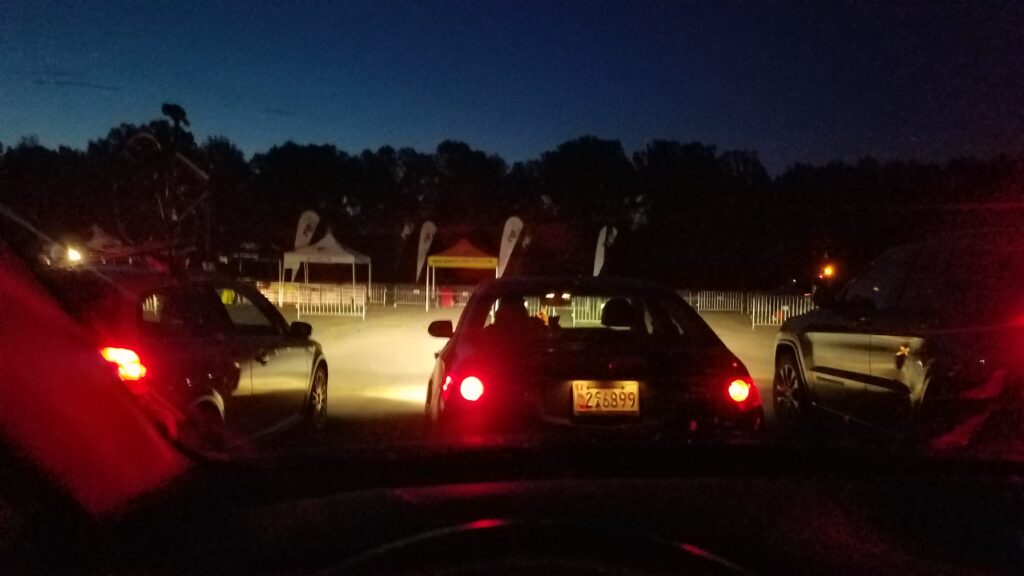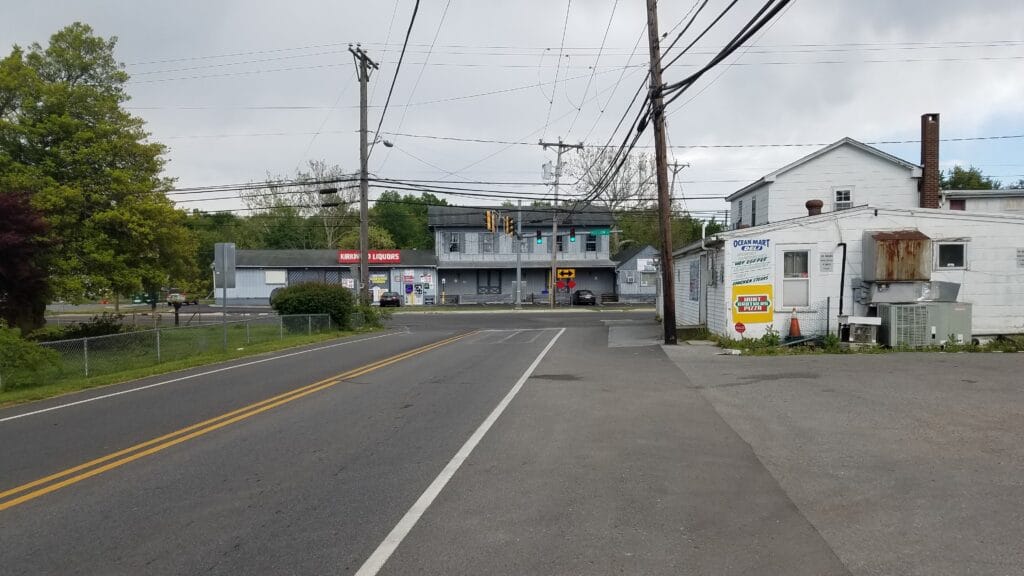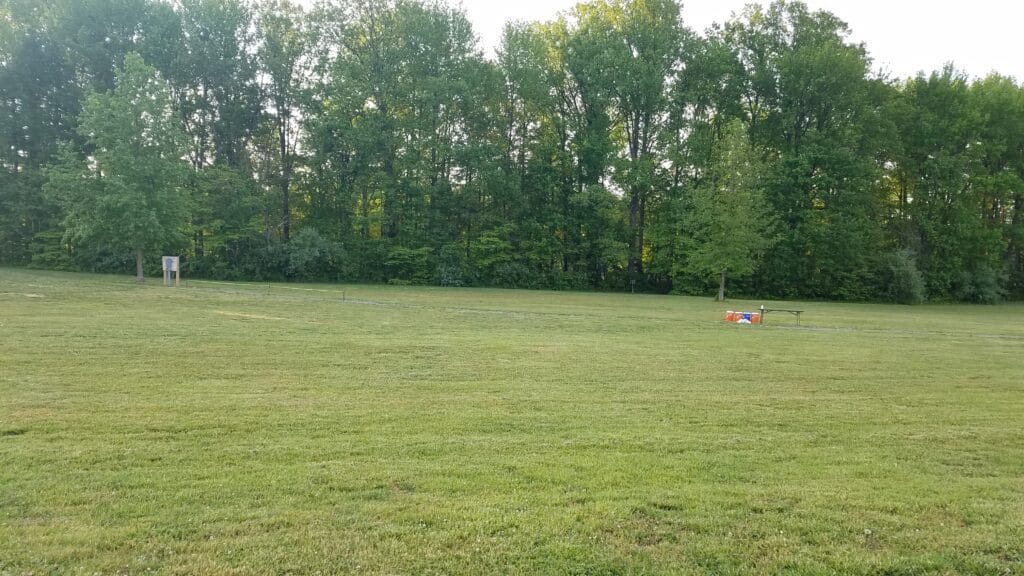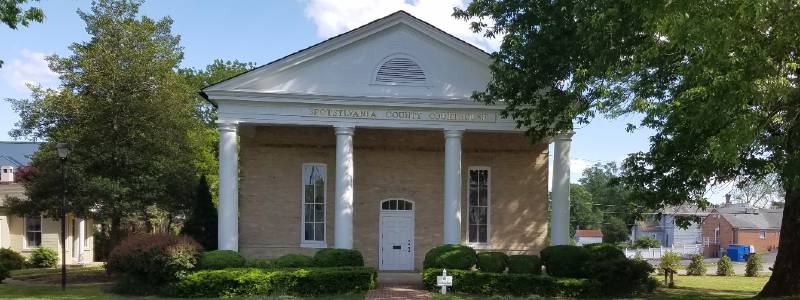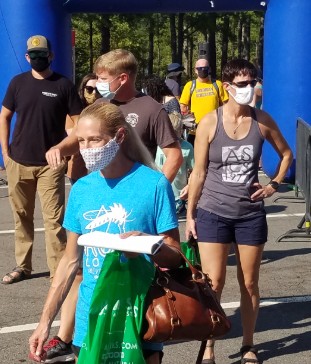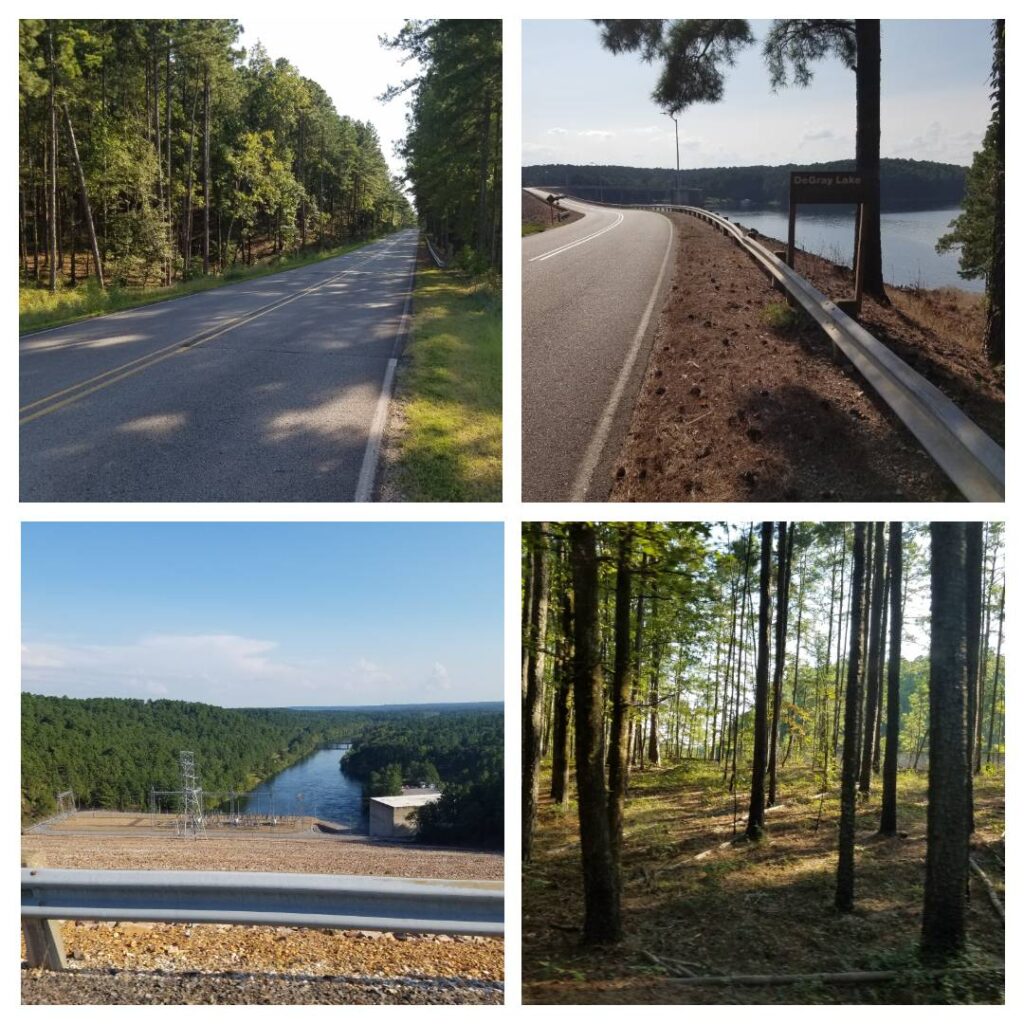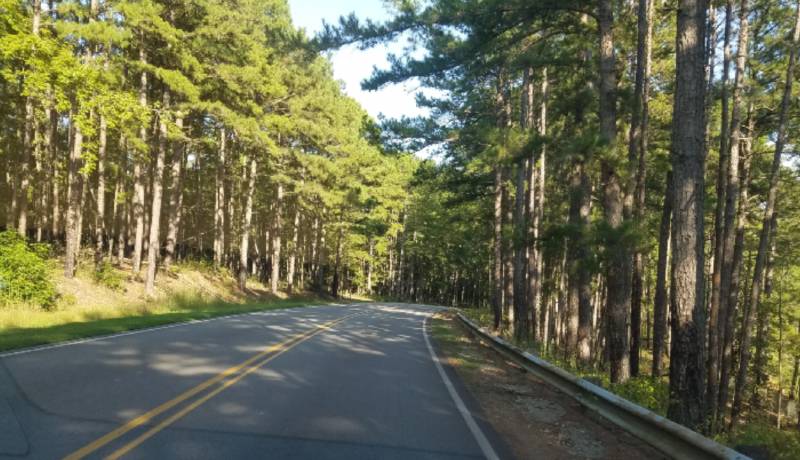Triathlon Across the USA: State #45 – Oklahoma
Barnsdall, Oklahoma; June 25, 2022 – Tulsa Sprint Triathlon, Twin Coves Beach at Birch Lake.
Our Oklahoma triathlon introduced us to the diversity of vegetation and terrain in the northeastern part of this state. I will also fondly remember the unique spectators along and on the bike course.
Planning the Oklahoma Triathlon
The date Joy and I had set for completing the ‘Triathlon Across the USA’ goal was in sight. In fact, I had committed to reaching it within the next year. I had six states in which to complete triathlons.
Meanwhile, a wedding and high school graduation meant we would return to Minnesota for at least two weeks in late May 2022. Late in 2021, I looked for triathlons that would fit into the next summer’s schedule.
The first two states on the itinerary were Oklahoma and Kansas, two states on back-to-back days at the end of June. Then, after a couple of weeks back in Minnesota, we would head west for the three remaining states in the west – California, Idaho, and Montana.
To avoid a price increase at the end of 2021, I registered for the Tulsa Tri on December 21st.
Previewing the Oklahoma Triathlon Course
A few months after committing to the Oklahoma triathlon, we learned that our son and his family would move from their home in Omaha, Nebraska, to a neighboring state. Their timing matched ours. They planned to leave Nebraska on the day of the Oklahoma triathlon.
We joined them for ten days prior to their move to help them pack and load the rented U-Haul truck. While this time was not exactly restful, it kept us active. It also helped develop some muscles not typically used as strenuously in my triathlon training.
By the Thursday evening before the Oklahoma triathlon, we had packed the truck with everything except one bed. A neighbor helped our son pack this after we left.
Since we would drive south from Omaha to the race venue on Friday afternoon and the pre-race packet pickup location was another 45 miles south of here, I opted to delay picking up the race packet until the morning of the triathlon.
Instead, we visited Twin Coves Beach and Birch Lake late Friday afternoon, the day before the race, to (1) make sure we knew the way to the park the next morning and (2) drive the bike course. We did the latter to check out the condition of the roads and check into memory sections of the course of which to be especially mindful.
The hills I saw while driving the bike course on Friday afternoon left an impression. In fact, some of these appeared in my dreams that night. Not exactly a nightmare, but close.
Oklahoma Triathlon Venue
The Tulsa Triathlon took place at Twin Coves Beach on Birch Lake about one and one-half miles outside Barnsdall, Oklahoma.
The man-made lake formed in 1977 when the US Army Corps of Engineers completed a dam on Birch Creek a short distance before it joined another small river, Bird Creek.
With various hardwood trees, shrubs, prairie grasses, and wildflowers covering the terrain around the lake, it was easy to see why the area is a popular year-round destination for outdoor enthusiasts.
8th Annual Tulsa Triathlon
The Tulsa Triathlon is one of several running and multisport events managed by the Tulsa Area Triathlon Club.
The sprint triathlon was part of a two-day event which included:
- Saturday: Sprint triathlon, with options to race individually or as part of a team. Following the adult triathlon, there was a kid’s triathlon.
- Sunday: Olympic and half-iron triathlons and aquabike races with the swim-bike distances of the Olympic and half-iron triathlon.
The advertised distances for the individual legs of this USAT-sanctioned sprint triathlon were:
- Swim: 500 m (550 yards) – Actual: 538 m (588 yards)
- Bike: 12 miles (19 km) – Actual: 12.6 miles (20 km)
- Run: 3.1 miles (5 km) – Actual: 3. miles (5 km)
Actual distances shown above are from my Garmin Forerunner 920XT.
A Steamy Morning
I knew it was going to be a sweaty race as I stepped outside our hotel on race morning. Even at 5 am, the temperature and humidity were enough for me to perspire while simply stowing our overnight luggage in the van.
We left the hotel around 5:15 am to make the roughly 30-minute drive from Bartlesville to Barnsdall and Twin Coves Beach. Our goal was to reach Birch Lake in time for me to pickup my race packet at 6 am, setup my transition area, and get settled for the race set to begin at 7:10 am.
Swim
The water temperature in Birch Lake this morning was 85°F. This was significant since the race followed USAT rules. According to USAT rules, no one could wear a wetsuit during the swim.
The rule as written on the USAT website is:
- “4.4 Wet suits. Each age group participant shall be permitted to wear a wet suit without penalty in any event sanctioned by USA Triathlon up to and including a water temperature of 78 degrees Fahrenheit. When the water temperature is greater than 78 degrees, but less than 84 degrees Fahrenheit, age group participants may wear a wet suit at their own discretion, provided however that participants who wear a wet suit within this temperature range shall not be eligible for prizes or awards. Age group participants shall not wear wet suits in water temperatures equal to or greater than 84 degrees Fahrenheit.” Source: USA Triathlon.
About ten minutes before the race began, I went for a short, warmup swim to jumpstart my heart rate.
Another goal of the swim was to learn about the lake bottom. I wanted to know if I would walk or run into the water on rocks. Or would the bottom be slippery or covered with weeds?
I learned that the bottom of Birch Lake was smooth, composed of soft clay, not slippery, and with no noticeable weeds. While the water was cloudy, it provided for a comfortable swim.
The triathlon began when a portion of the 156 swimmers, the so-called ‘first wave’, started their swim on this triangular course marked by two orange buoys.

Bike
One of the first things I noticed after mounting my bike was the temperature reported on my bike computer – 84°F. (By the end of the bike leg, around 50 minutes later, the temperature was 99°F.)
This course could well be the most hilly course of any I have biked during a triathlon. I had not expected this in Oklahoma. Fortunately, my bike was in great shape.
While riding this course, I learned that some people’s definition of rolling hills differ greatly from mine. Yes, these hills ‘rolled’ in that the course had a sinusoidal pattern, up then down. What made this different from normal rolling hills was their amplitude. My speed throughout the bike leg reflected the hilliness.
A Different Profile of Spectators
In many triathlons, residents along the bike path sit in lawn chairs and cheer on the racers. Today, there were no human spectators. However, there was a multitude of other spectators – a pair of horses who looked as if they were trying to figure what was happening. There were also the less interested but attentive cattle and goats keeping their eyes on racers, without actually cheering them on.
Near mile nine of the ride, as I was coming down a hill before a right-angle turn, a small turtle raced into the road. Apparently, it saw me coming as it reached the middle of the road. He froze, pulled in his head and legs, and lay still as I passed him.
Run
The run course left the transition area near Birch Lake on a paved service road. Within the first mile, the initial road joined the main one leading to the park entrance.
With the temperature now approaching 100°F, my run actually alternated between running on flat and downhill sections of the course and walking on the upside of the hills.
After reaching the park entrance and stopping for a drink of water, I followed the course to the right for a short distance needed for the 5k distance. We turned around and returned in the direction of the finish line, this time making a short loop through one of the camping areas within the park.
After leaving the camping area, the finish line was a few hundred yards away – downhill.
After the Oklahoma Triathlon
By the time I crossed the finish line, I was a sweaty, dripping mess.
Joy graciously volunteered to drive for the three-hour trip to Wichita for the Mudwater Triathlon the next morning.
While we were eager to get started on our journey, I first took advantage of a generous supply of water, sports drinks, and fruit to start rehydrating.
I looked for a shower facility or a place in which to change clothes. Unfortunately, I didn’t find any. So, I spread a towel on the van’s passenger seat and stayed in my triathlon suit for the ride.
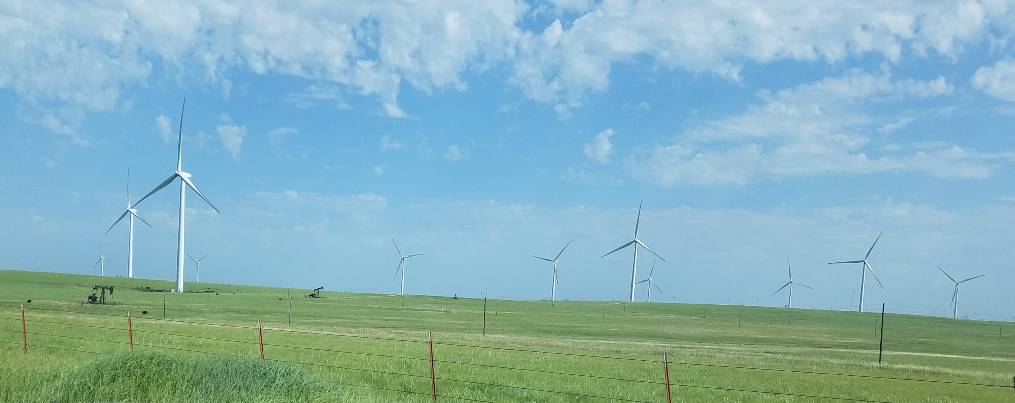
Race Firsts from the Oklahoma Triathlon
- First triathlon in which I wore prescription glasses on the bike.
- USAT rules prohibited wetsuits, another first.
Unique Spectators
Tell us in the Comments below about the most unique spectators you have had during a triathlon.
Comments: Please note that I review all comments before they are posted. You will be notified by email when your comment is approved. Even if you do not submit a comment, you may subscribe to be notified when a comment is published.
